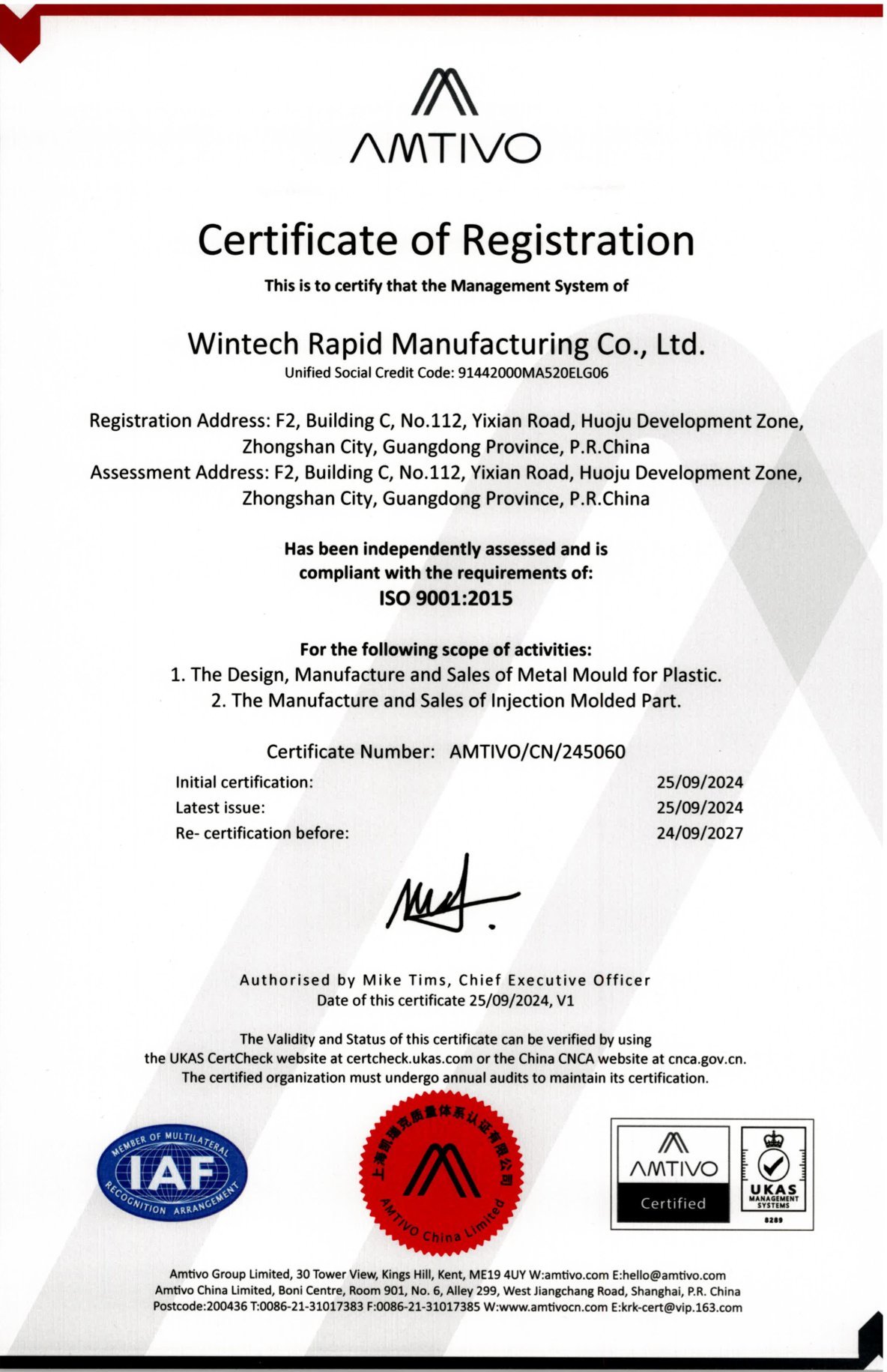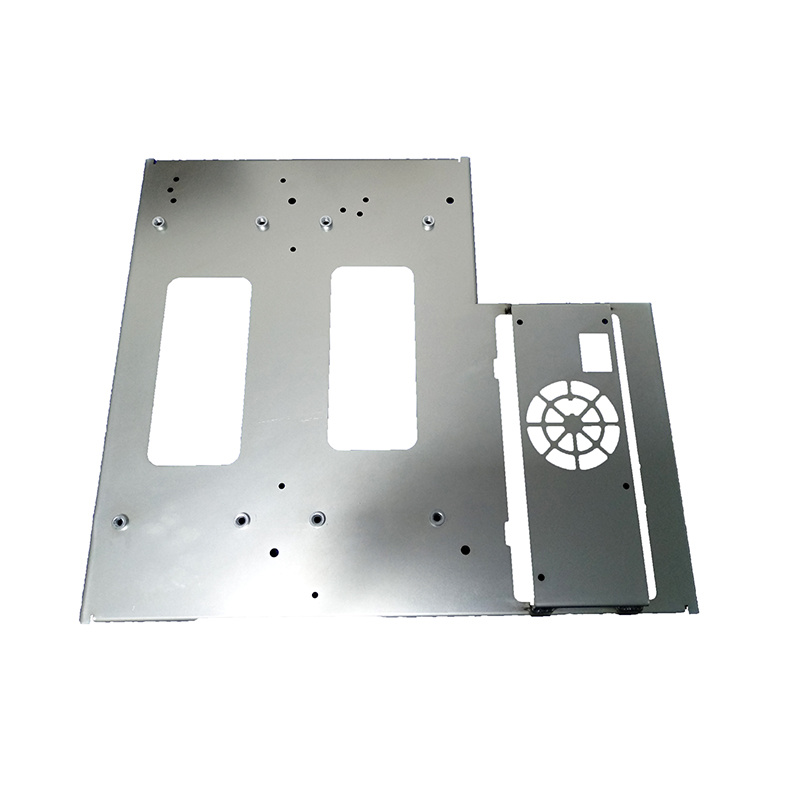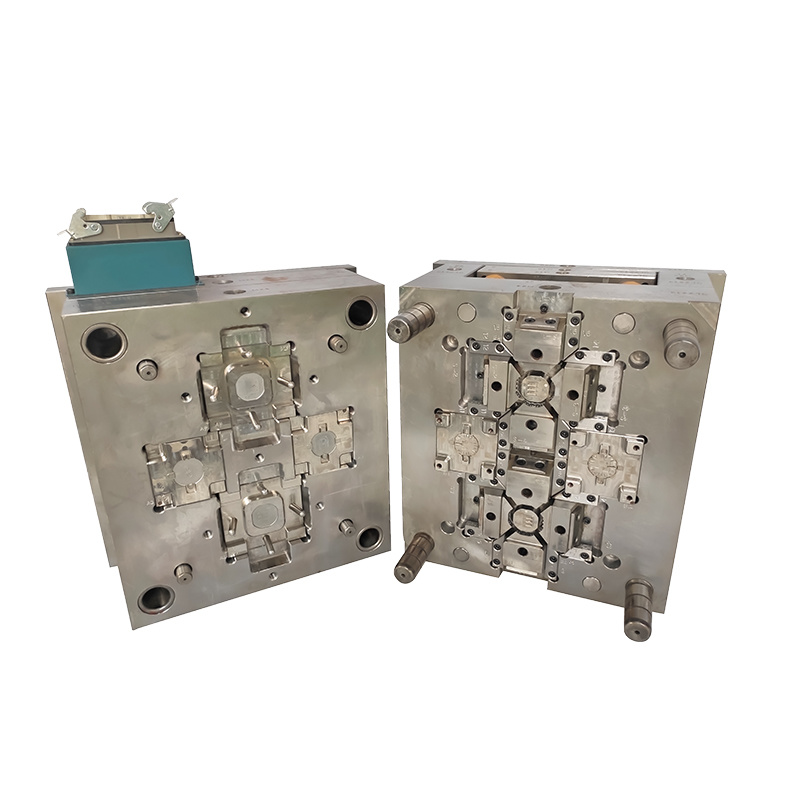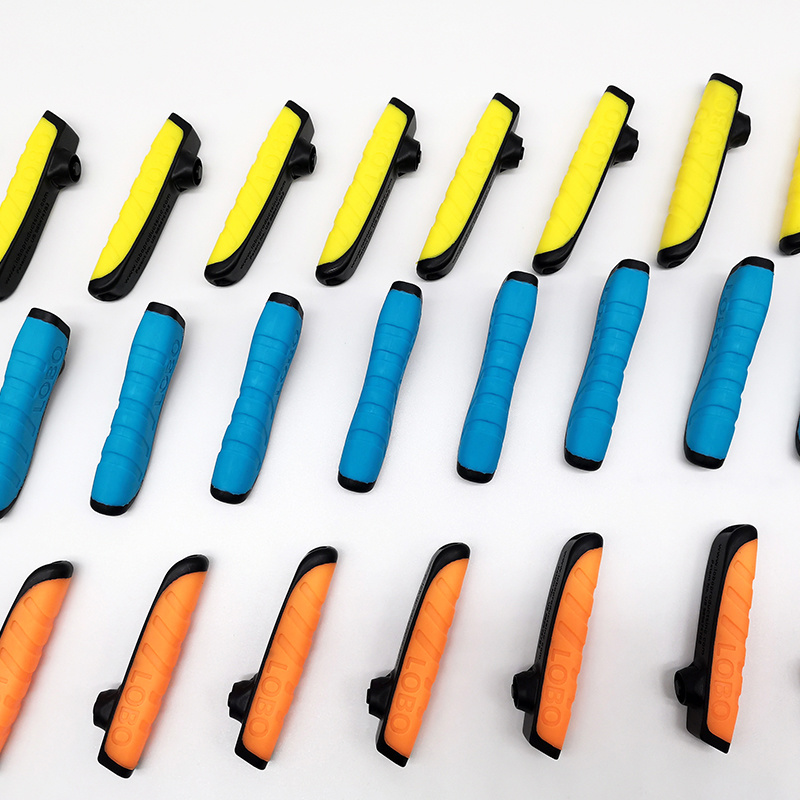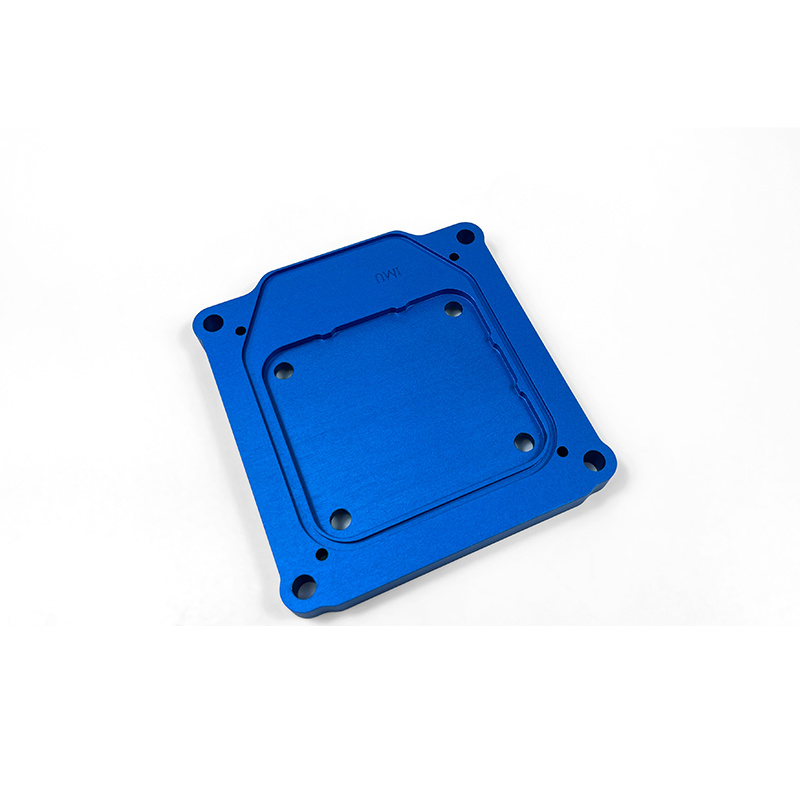Step-by-Step Guide to Low Quantity Injection Molding Techniques
Time:
2025-07-02 15:40
Source:
Step-by-Step Guide to Low Quantity Injection Molding Techniques
Injection molding is a widely utilized process in the manufacturing of plastic parts, especially when producing large quantities. However, low quantity injection molding offers a unique opportunity for businesses that require smaller production runs without sacrificing quality or efficiency. This guide will delve into essential techniques, considerations, and best practices for low quantity injection molding, ensuring you can effectively navigate this specialized area of manufacturing.
Understanding Low Quantity Injection Molding
Low quantity injection molding refers to the production of smaller runs of plastic parts using injection molding techniques. This approach is particularly beneficial for startups, prototyping, and specialized projects where high-volume production is neither necessary nor economical.
Benefits of Low Quantity Injection Molding
Utilizing low quantity injection molding comes with several advantages:
- Cost Efficiency: Reduces overhead costs associated with large production runs.
- Faster Turnaround: Speeds up the prototyping phase and product launches.
- Flexibility: Adapts easily to design changes and customizations.
- Quality Control: Allows for meticulous quality assurance practices due to smaller batch sizes.
Key Considerations for Low Quantity Injection Molding
Material Selection
Choosing the right materials is crucial for achieving desired properties in your injection-molded parts. Commonly used materials include:
- ABS (Acrylonitrile Butadiene Styrene): Excellent impact resistance and easy to mold.
- Polycarbonate: Offers high strength and transparency, suitable for intricate designs.
- PLA (Polylactic Acid): A biodegradable option ideal for environmentally conscious products.
Mold Design Considerations
The design of your mold plays a vital role in the efficiency and quality of the injection molding process. Key factors to consider include:
- Draft Angles: Ensure parts can be easily ejected from molds.
- Wall Thickness: Maintain uniformity to prevent warping or defects.
- Cooling Channels: Optimize cooling times and enhance production efficiency.
Prototyping with 3D Printing
Before committing to mold fabrication, utilizing 3D printing for prototypes can save time and resources. This method allows for rapid iterations and adjustments to your design, ensuring the final mold meets all specifications.
Step-by-Step Process for Low Quantity Injection Molding
1. Designing the Part
Begin with a clear design of your part. Utilize CAD software to create detailed 3D models, taking into account the factors discussed above, including material properties and mold design considerations.
2. Choosing the Right Equipment
Selecting the appropriate injection molding machine is essential. For low quantity production, smaller, hydraulic or electric machines can offer flexibility and precision without the costs associated with larger industrial machines.
3. Mold Fabrication
After finalizing your part design, proceed to mold fabrication. This can involve:
- Machining: Use CNC machining for high precision.
- EDM (Electrical Discharge Machining): Ideal for complex geometries.
4. Setting Up the Injection Molding Machine
Once the mold is ready, set up your injection molding machine. This includes calibrating temperatures, pressures, and injection speeds to optimize production based on the selected material.
5. Running Initial Tests
Conduct a trial run to evaluate the quality of the molded parts. It's essential to inspect for defects, assess the dimensional accuracy, and ensure the part meets design specifications.
6. Making Adjustments
If initial tests reveal issues, adjustments may be necessary. Fine-tune machine settings, modify the mold design, or change material types as needed to achieve optimal results.
7. Production of Low Quantity Parts
Once satisfied with the test results, commence low quantity production. Monitor the process closely, ensuring quality control measures are implemented throughout.
8. Quality Assurance
Implement rigorous quality assurance testing to ensure every part meets your standards. This can include dimensional checks, visual inspections, and performance testing, depending on the part's application.
Best Practices for Low Quantity Injection Molding
Maintain Communication with Suppliers
Establishing a strong relationship with suppliers ensures you receive high-quality materials and timely delivery, which is critical for keeping your production on schedule.
Invest in Skilled Labor
Having skilled technicians who understand the intricacies of injection molding can significantly improve production quality and efficiency. Ongoing training and development are crucial for maintaining a knowledgeable workforce.
Utilize Lean Manufacturing Techniques
Implementing lean manufacturing principles can help minimize waste and maximize productivity. Focus on continuous improvement and efficiency at every stage of the injection molding process.
Common Challenges in Low Quantity Injection Molding
1. Cost Management
While low quantity injection molding is generally cost-effective, managing costs can still pose challenges. It's essential to balance material selection, mold design, and production volume to remain within budget.
2. Quality Control
Ensuring consistent quality can be more challenging with smaller production runs. Regular inspections and stringent quality control measures are necessary to maintain standards.
3. Equipment Limitations
Smaller machines may have limitations in terms of the size and complexity of the parts they can produce. Understanding these limitations is crucial when planning your production runs.
Future Trends in Low Quantity Injection Molding
Advancements in Technology
The injection molding industry is constantly evolving. Innovations in automation, machine learning, and material science are paving the way for more efficient low quantity production processes.
Increased Demand for Customization
As markets become increasingly competitive, the demand for customized products is on the rise. Low quantity injection molding is well-positioned to meet this demand, allowing for tailored solutions that can quickly adapt to changing consumer preferences.
Sustainability Practices
With a growing emphasis on sustainability, manufacturers are seeking eco-friendly materials and processes. Low quantity injection molding can cater to this trend by utilizing biodegradable materials and implementing energy-efficient practices.
Frequently Asked Questions (FAQs)
1. What is low quantity injection molding?
Low quantity injection molding involves producing small runs of plastic parts using injection molding techniques, ideal for prototyping and specialized projects.
2. What materials are best for low quantity injection molding?
Common materials include ABS, polycarbonate, and PLA, depending on the desired properties of the final product.
3. How can I ensure quality in low quantity production?
Implement rigorous quality control measures, conduct regular inspections, and maintain open communication with suppliers to ensure material quality.
4. Can I use 3D printing for prototyping before injection molding?
Yes, 3D printing is an excellent method for creating prototypes, allowing for rapid design iterations before committing to mold fabrication.
5. What are the main challenges of low quantity injection molding?
Challenges include cost management, maintaining consistent quality, and the limitations of smaller equipment in producing complex parts.
Conclusion
Low quantity injection molding presents an invaluable opportunity for manufacturers seeking cost-effective and flexible production solutions. By understanding the techniques, considerations, and best practices outlined in this guide, businesses can effectively navigate the complexities of low quantity production. As technology and consumer demands continue to evolve, staying informed and adaptable will be key to leveraging the full potential of injection molding in your manufacturing processes.
low quantity injection molding
Previous Page
Previous Page
Related news
2024-11-15



